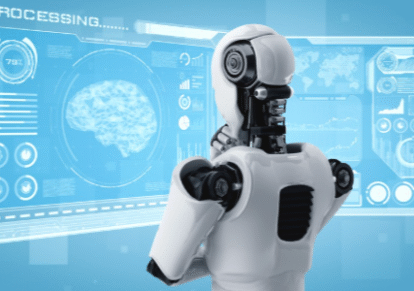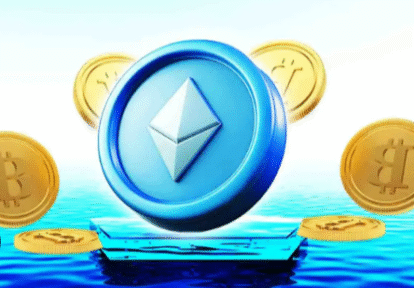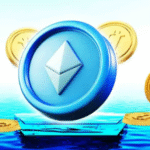The history of the Internet reveals a complex evolution shaped by technological innovations and societal shifts. Beginning with ARPANET, the framework for modern networking emerged through key developments like TCP/IP. This paved the way for the World Wide Web, which redefined communication and commerce. However, as the Internet matures, it grapples with significant challenges, including privacy issues and cybersecurity threats. Understanding these dynamics is crucial to grasping the Internet’s current landscape and future trajectory.
The Birth of ARPANET and Early Networking Concepts
Although the concept of a networked communication system had been theorized for years, the birth of ARPANET in the late 1960s marked a pivotal moment in the evolution of computer networking.
This groundbreaking initiative was rooted in the innovative method of packet switching, which allowed data to be broken into smaller packets and transmitted independently, optimizing bandwidth and enhancing efficiency.
The establishment of standardized network protocols facilitated seamless communication between diverse computer systems, fostering collaboration among researchers across institutions.
ARPANET not only showcased the viability of decentralized communication but also laid the foundation for future networks, emphasizing the importance of interoperability.
Read more: How Technology Is Revolutionizing Agriculture
The Development of TCP/IP and the Expansion of the Internet
The advancements that followed ARPANET’s inception led to the development of Transmission Control Protocol and Internet Protocol (TCP/IP), which became the foundational suite of communication protocols for the burgeoning Internet.
This protocol evolution marked a significant shift toward standardized network communication, enabling diverse systems to interoperate seamlessly. TCP/IP facilitated efficient data transmission across various networks, laying the groundwork for interconnectivity growth that transformed how information was shared globally.
The establishment of these network standards encouraged collaboration among researchers and developers, fostering innovation and expanding the Internet’s reach.
As TCP/IP became the dominant framework, it empowered users, granting them unprecedented access to information and communication, ultimately shaping a more interconnected and liberated digital landscape.
The Rise of the World Wide Web and Online Culture
With the introduction of the World Wide Web in the early 1990s, a transformative shift in online culture began to take shape, fundamentally altering how individuals interacted with information and each other.
The advent of social media platforms fostered vibrant digital communities, enabling users to create and share content at unprecedented rates. This era saw the rise of internet memes as a new form of cultural expression, reflecting societal trends and humor.
Concurrently, e-commerce emerged, revolutionizing commerce and consumer behavior. However, concerns about online privacy grew, prompting discussions around digital rights.
Internet activism gained traction, leveraging these platforms for social change. Virtual reality further expanded the possibilities of online interaction, shaping an increasingly interconnected global culture that embraced freedom and creativity.
The Internet Today: Trends, Challenges, and the Future
As digital landscapes continue to evolve, the contemporary internet reflects a complex interplay of technological advancements, cultural shifts, and regulatory challenges.
Social media platforms dominate communication, influencing societal norms while raising concerns about digital privacy and data ownership. The rise of remote work has transformed traditional business models, necessitating robust internet governance to manage diverse digital environments.
However, this transition also exposes vulnerabilities, as cybersecurity threats proliferate, targeting both individuals and organizations. In response, stakeholders advocate for enhanced regulations to protect users while fostering innovation.
Looking ahead, the future of the internet hinges on balancing freedom of expression with accountability, ensuring that technological progress does not compromise the rights and safety of its users in an increasingly interconnected world.
Conclusion
In tracing the Internet’s evolution from ARPANET’s nascent connections to today’s digital tapestry, one can liken this journey to the mythical Prometheus, who brought fire to humanity. The Internet has ignited unparalleled communication and innovation, yet it also carries the burden of ethical dilemmas and security threats reminiscent of Pandora’s box. As society navigates this complex landscape, the ongoing discourse around governance and user rights will shape the future, ensuring the flame of connectivity burns bright, yet responsibly.




 What Is Cryptocurrency and How Does It Work?
What Is Cryptocurrency and How Does It Work?